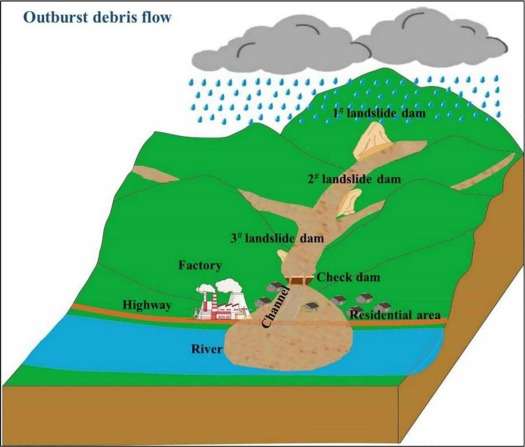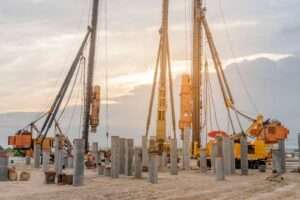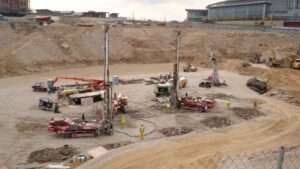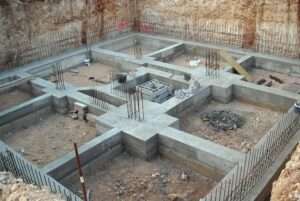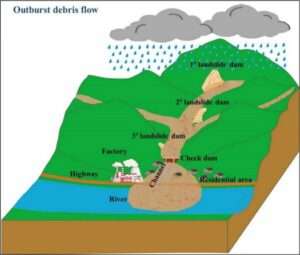Introduction
Debris flows, often triggered by heavy rainfall, earthquakes, or volcanic activity, pose significant risks to communities, infrastructure, and the environment. Debris flow barriers serve as essential protective structures to control and mitigate the impact of these hazardous events. This article explores the types, benefits, and applications of debris flow barriers in landslide and flood protection.
Types of Debris Flow Barriers
1.Rigid Barriers – Constructed from reinforced concrete or steel, these barriers are designed to block and retain large volumes of debris.
2.Flexible Barriers – Made of high-tensile steel wire mesh, these barriers absorb impact energy and allow controlled water flow while trapping solid debris.
3.Check Dams – Built across channels to slow down and capture debris, reducing downstream damage.
4.Deflection Barriers – Designed to redirect debris flows away from critical infrastructure or populated areas.
5.Retention Basins – Large depressions or reservoirs that collect debris flow material to prevent flooding and erosion.
Benefits of Debris Flow Barriers
- Enhanced Public Safety: Reduces the risk of loss of life and property damage.
- Infrastructure Protection: Shields roads, bridges, and buildings from destructive debris flows.
- Environmental Conservation: Prevents sedimentation in rivers and preserves ecosystems.
- Customizable Designs: Tailored to specific site conditions and risk levels.
- Long-Term Cost Savings: Minimizes maintenance and repair costs associated with flood and landslide damage.
Applications of Debris Flow Barriers
1.Mountainous and Landslide-Prone Areas – Protects communities and infrastructure from sudden debris movements.
2.Road and Railway Corridors – Prevents blockages and damage from debris flows along transportation routes.
3.Urban and Residential Areas – Safeguards homes and commercial properties from mudflows and flash floods.
4.Mining and Construction Sites – Controls waste material movement and enhances worksite safety.
5.Riverbanks and Watersheds – Reduces sediment transport and stabilizes waterways.
Conclusion
Debris flow barriers play a crucial role in mitigating the impact of landslides and floods, ensuring the safety of people and infrastructure in high-risk areas. With advanced engineering solutions and adaptable designs, these barriers provide long-term protection against debris flows, enhancing resilience in vulnerable regions. As climate change increases the frequency of extreme weather events, the implementation of effective debris flow barriers remains a vital strategy for disaster risk reduction.


